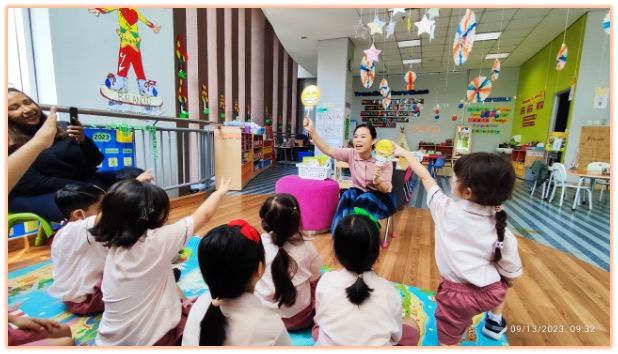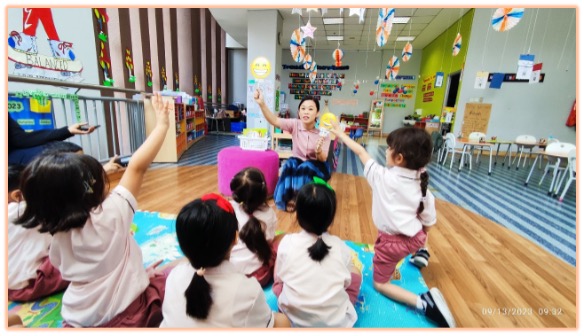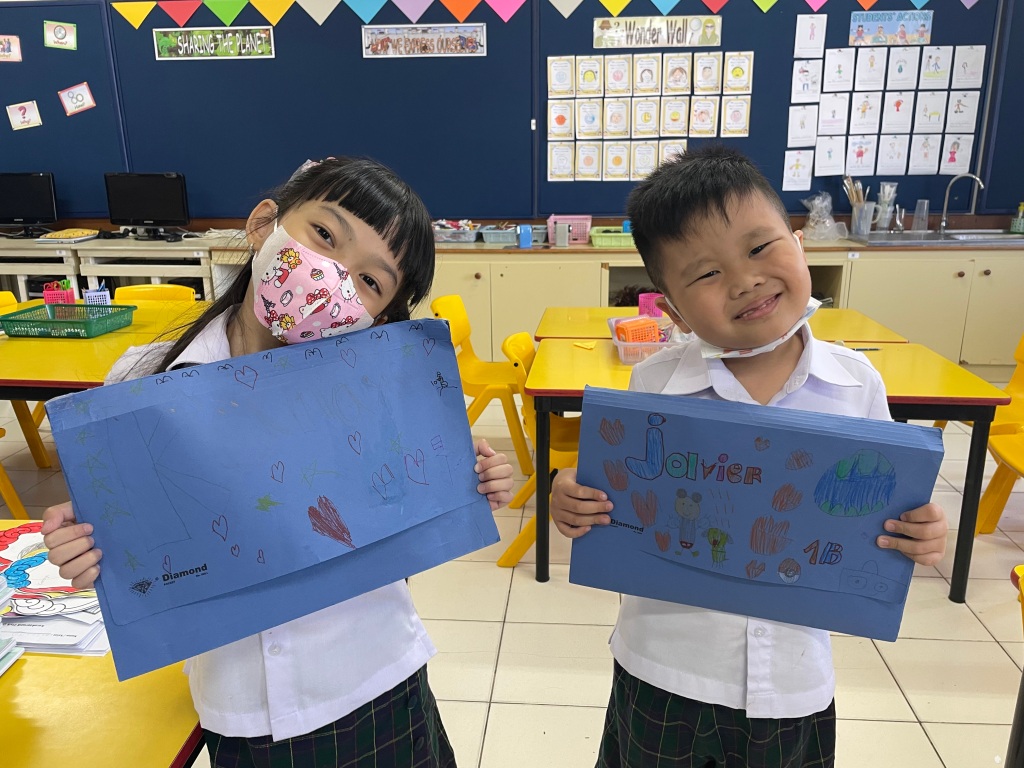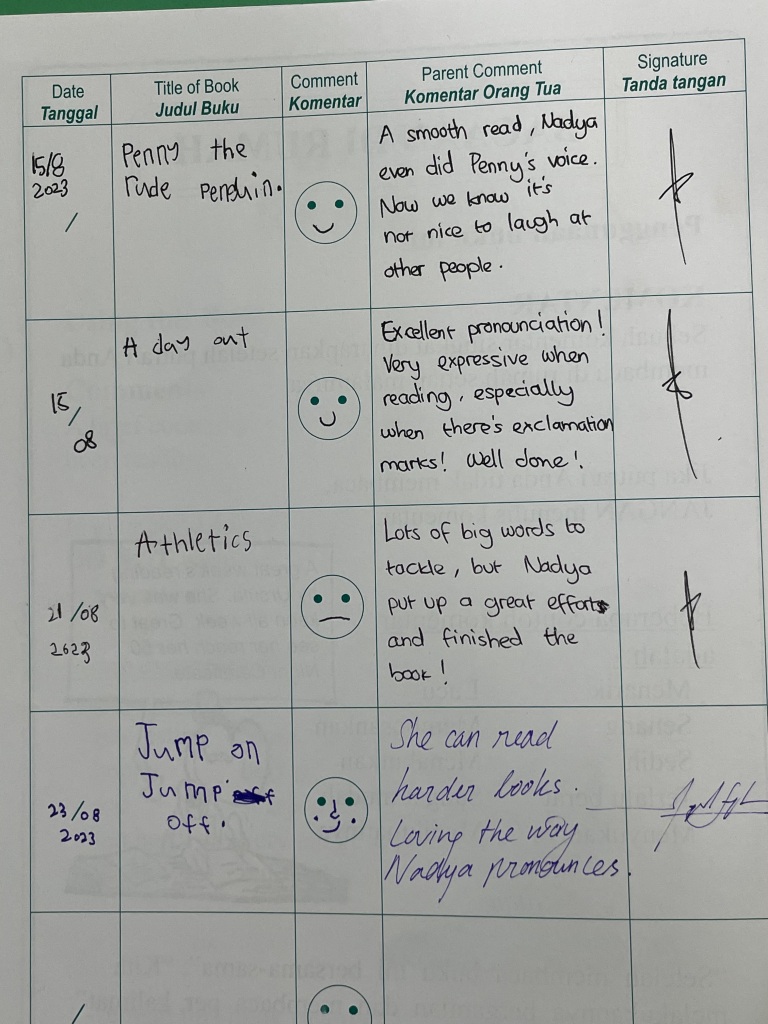reading
Everyone loves a story
Everyone grew up with storytelling. The importance of storytelling for children cannot be underestimated. Storytelling is part of everybody’s childhood. During this stage, children are filled with questions, creativity, imagination, inspiration, and ideas. Storytelling helps children develop empathy and respect for others while also improving fundamental reading and writing skills.
The meaning of storytelling
Storytelling is the activity of sharing or presenting a story for different purposes such as learning and entertainment. It is a two-way interaction between the storyteller and one or more listeners. Stories can be sad, dramatic, or funny. Telling a story builds an emotional connection between the storyteller and the listener. Text to self, text to text, and text to world connections are also developed.


The importance of storytelling for children
- Improves language skills
Storytelling improves language skills by introducing children to varied vocabulary, new words, phrases, sentence structures and develop their reading skills.
- Enhances cognitive skills
Listening to and taking part in storytelling improve understanding, memory, and critical thinking abilities and communication skills.
- Develops moral understanding
Many stories teach important lessons about right and wrong, good or bad and taking decisions. Children learn important lessons such us kindness, generosity and honesty as well as cultural values from stories.
- Promotes imagination and creativity
Storytelling is an effective technique to encourage children’s imagination and curiosity. It can help children improve their communication and creativity. Both fiction and non-fiction stories develop their imaginative and creative thinking skills.
- Develops social skills
Listening and discussing stories in a group encourage interaction among the children. Children learn how to take turns and share ideas.
- Improves memory
Retelling stories help children increase memory by remembering the characters, plot, setting, problem, and solution.
Indeed, storytelling is important for children’s development. Children enjoy stories. Storytelling helps to deliver information in a meaningful and enjoyable way, making it easier for children to grasp and remember concepts. It also helps children create their new world, emotions, and ideas.
By: Eka Fridayanti
Elementary Co-Teacher
BINUS School Simprug
efridayanti@binus.edu
Empowering readers – How agency has motivated our students to read
The numbers are staggering: According to Unesco data, the Indonesian reading interest rate is very low: 0.001%, which means that out of 1000 Indonesians, only one is interested in reading (as cited in Perpustakaan, 2022). Similar studies reveal that reading around the globe has been declining substantially, especially amongst the youth who demonstrate a preference for electronic media. The pandemic only aggravated the already worrisome scenario: while the time spent on electronic media has skyrocketed among children and teenagers, reading time has declined or remained flat depending on the cultural context.
Our context
At Sekolah Ciputra, the challenges are not different. Most of my PYP 1 students (Grade 1) told me that they did not like reading in their first days back in school. Increased reading performance is an area of focus across the continuum as we agree that reading is one of the most important transdisciplinary skills. Taken aback by my students’ comments about not being that interested in reading, I decided to take action. As I believe that no one can be taught to like something, I have chosen agency to inspire my potential future avid readers.
There is nothing new about the system implemented in PYP1. Students have taken books home to read with their families since last year but, unlike 2022/2023, students are now in charge of selecting the books they are going to read. They also have a special place to carry their written treasures, named book pouches by this author. Finally, students now know what good-fit books are. These agentic twists in the system have been promising.
Book pouches
Decorating their book pouches set the tone of the importance and value of what was going to be carried inside. My students used their creativity and took their time to personalize their pouches without pressure – which led some of them to take a few days to finish off. However, I felt it was important for them to feel proud and take ownership of their pouches.



Home reading
My young readers are encouraged to read aloud to their parents at home and are allowed to keep their books for as long as they need. Their home reading is documented on a reading log, where parents have a chance to leave me a message if they wish. My initial expectation was based on last year’s experience, when students read 2 books per week – not to mention the ones who never read or lost their books. I was pleasantly surprised to witness a tripled reading rate and parent participation in the reading log.
“Shopping” for books
When students are ready to borrow new books, it is their responsibility to return the previous 2 books and choose 2 others. We call this system “shopping for books”. The Book Shop is located in the Literacy Area down our corridor, and students can independently find the colour-coded book holder with their good-fit books (explained below). PYP 1 teachers are delighted to see our students’ independence and motivation. Some of our students exchange books every day! As they do it, they browse through the books available and make comments such as “This looks fun”, “Oh no, this is too hard/easy”, and the best “Can I read it now?”.


Good-fit books
A discussion with my 6 and 7-year-olds about good-fit or the Goldilocks-type of book has been fruitful. A book that is too easy or too hard will most likely be a reading-joy killer. My students now understand why they shop at different bookholder colours and the importance of finding the “just-right” book. This knowledge has also been transferred to selecting books during their visits to the library and, out of the three books borrowed, at least one is a good-fit book. Hence the importance of having varied titles and levels readily available, including non-fiction. Finding a book that interests them and that they can actually read is a crucial step to motivating students.

Words for thought
Trusting that our students can and should be in charge of their reading has empowered them to be more independent, responsible, and motivated. Very often, teachers (myself included) want to get everything ready for students to optimize learning and teaching time. However, by doing so, we are also limiting their chances to think for themselves, choose, act, and reflect.
Agency in the “little things” can lead to big results. In our case, reading motivation and parental involvement. After 4 weeks of systematic home reading, it is too soon to gather quantitative data to measure the impact on student performance. However, we believe that consistency in the programme will inevitably lead to a positive impact. As we continue to strengthen this system in PYP 1, we plan to extend it across Primary.
We will be back to reveal qualitative and quantitative data, so stay tuned!
Reference:
Perpustakaan. (2022, August 9). Reading Interest in Indonesia – Perpustakaan. Perpustakaan UNJ. http://lib.unj.ac.id/en/reading-interest-in-indonesia/
Bianca Starck
ATL Coordinator and PYP 1 Teacher
Sekolah Ciputra
Surabaya, Indonesia
